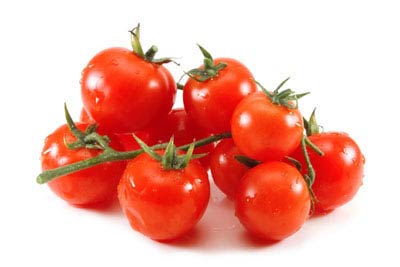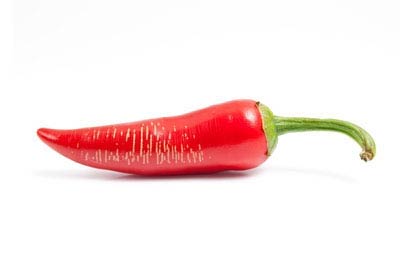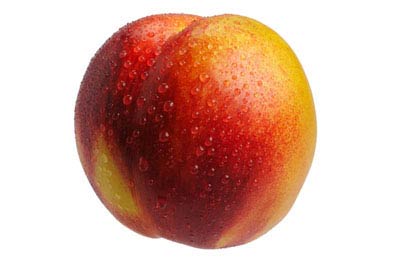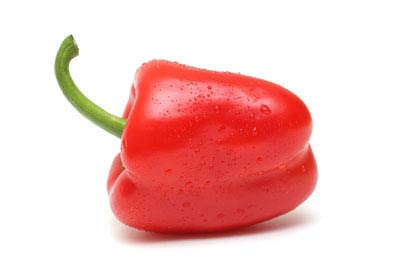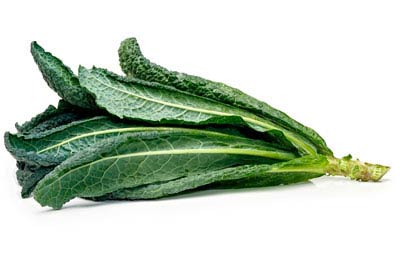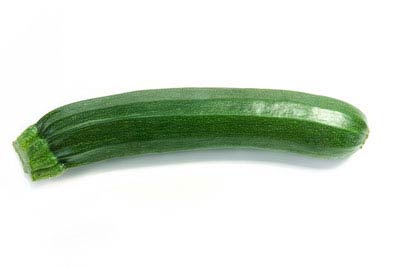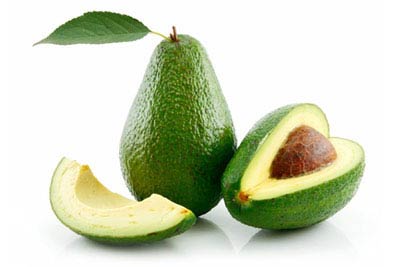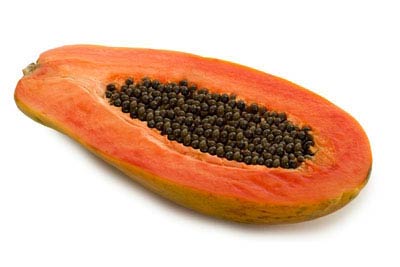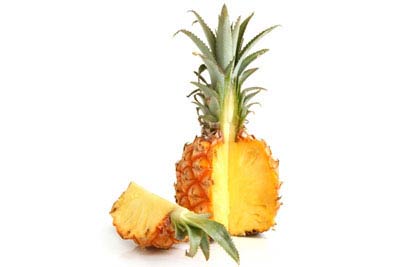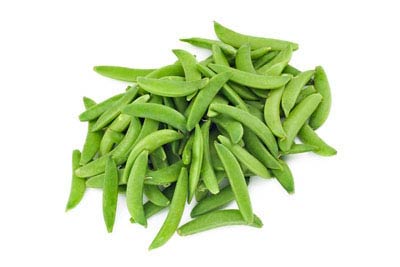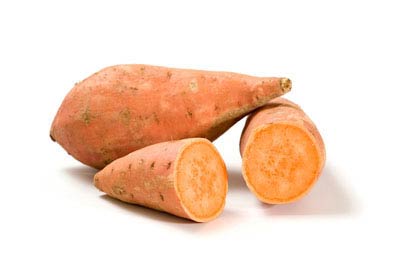GOVERNMENT OF INDIA
MINISTRY OF HEALTH AND FAMILY WELFARE
RAJYA SABHA
QUESTION NO 4433
ANSWERED ON 07.05.2013
Task Force for promotion of Yoga and Naturopathy
4433 SHRI SHANTA KUMAR
Will the Minister of HEALTH AND FAMILY WELFARE be pleased to satate :-
(a) whether Government has constituted a Task Force to promote Yoga and
Naturopathy in the country; and
(b) if so, whether the report of the Task Force has been received by Government and the action which had been initiated to implement the recommendations?
ANSWER
ANSWER
THE MINISTER OF HEALTH AND FAMILY WELFARE
(SHRI GHULAM NABI AZAD)
(a): Yes. A separate Task Force each for promotion of Yoga and Naturopathy was constituted by the Department of AYUSH.
(b): The Task Force on Naturopathy has submitted its report. On the basis of its recommendations, the National Institute of Naturopathy (NIN) is conducting regular Re-Orientation programme for Naturopathy doctors and Orientation programme for doctors of AYUSH and Allopathy. Both Central Council for Yoga & Naturopathy (CCRYN) and National Institute of Naturopathy (NIN) promote Naturopathy through organising conferences, seminars and workshops; and participating in health fairs.
The Task Force on Yoga did not submit formal report. However, the task force on Yoga had held two meetings. The minutes of the meetings contained certain recommendations. In accordance with these recommendations, a project titled – “Introduction of Yoga in School Health” with the help of leading Yoga Institutes in the Country to train teachers with the objective to impart Yoga education in Schools has been initiated by Morarji Desai Institute of Yoga (MDNIY). MDNIY and CCRYN have undertaken Information, Education & Communication (IEC) activities including preparation of publicity material highlighting the importance of Yoga for use in conferences, seminars, workshops, health fairs etc.
___________________________
GOVERNMENT OF INDIA
MINISTRY OF HEALTH AND FAMILY WELFARE
RAJYA SABHA
QUESTION NO 4432
ANSWERED ON 07.05.2013
Budgetary allocation for AYUSH
4432 SHRI SHANTA KUMAR
Will the Minister of HEALTH AND FAMILY WELFARE be pleased to satate :-
(a) the total budgetary allocation of the Ministry for the year 2013-14 and out of this the amount earmarked for AYUSH;
(b) the quantum of amount out of this allotted fund, fixed for publicity and research in Yoga and Naturopathy; and
(c) the percentage increased in comparison to the allocation made in previous
budget?
ANSWER
ANSWER
THE MINISTER OF HEALTH AND FAMILY WELFARE
(SHRI GHULAM NABI AZAD)
(a): The total budgetary allocation for 2013-14 in respect of this Ministry of Health and Family Welfare is Rs. 32,745.00 crore under Plan and Rs. 4585.00 crore under Non-Plan. Out of this, the amount earmarked for Department of AYUSH is Rs. 1069.00 crore under Plan and Rs. 190.00 crore under Non-Plan.
(b): There is no separate allocation in respect of publicity for each system. An allocation of Rs. 17.50 crore has been made for the propagation of AYUSH system through Information, Education and Communication during 2013-14. In respect of research for Yoga & Naturopathy, Rs. 13.80 crore under Plan and Rs. 2.24 crore under Non-Plan for the Central Council for Research in Yoga & Naturopahty, Rs. 4 crore under Plan for Extra Mural Research Projects through Research Institutes and Rs. 17.50 crore under Plan and Rs. 4.20 crore under Non-Plan for Morarji Desai National Institute of Yoga have been allotted. However, Extra Mural Research covers research for all systems of AYUSH and there is no separate allocation for research in Yoga & Naturopathy under this scheme. Further, in case of Morarji Desai National Institute of Yoga no separate allotment for publicity and research purpose has been earmarked.
(c): The allocation under Plan and Non-Plan for 2012-13 and 2013-14 is given below:
(Rs. In crore)
Year Plan Non-Plan
2012-13 990.00 188.00
2013-14 1069.00 190.00
Thus the percentage increase for Department of AYUSH as compared to last year was 7.98% under Plan and 1.06% under Non-Plan.
MINISTRY OF HEALTH AND FAMILY WELFARE
RAJYA SABHA
QUESTION NO 4433
ANSWERED ON 07.05.2013
Task Force for promotion of Yoga and Naturopathy
4433 SHRI SHANTA KUMAR
Will the Minister of HEALTH AND FAMILY WELFARE be pleased to satate :-
(a) whether Government has constituted a Task Force to promote Yoga and
Naturopathy in the country; and
(b) if so, whether the report of the Task Force has been received by Government and the action which had been initiated to implement the recommendations?
ANSWER
ANSWER
THE MINISTER OF HEALTH AND FAMILY WELFARE
(SHRI GHULAM NABI AZAD)
(a): Yes. A separate Task Force each for promotion of Yoga and Naturopathy was constituted by the Department of AYUSH.
(b): The Task Force on Naturopathy has submitted its report. On the basis of its recommendations, the National Institute of Naturopathy (NIN) is conducting regular Re-Orientation programme for Naturopathy doctors and Orientation programme for doctors of AYUSH and Allopathy. Both Central Council for Yoga & Naturopathy (CCRYN) and National Institute of Naturopathy (NIN) promote Naturopathy through organising conferences, seminars and workshops; and participating in health fairs.
The Task Force on Yoga did not submit formal report. However, the task force on Yoga had held two meetings. The minutes of the meetings contained certain recommendations. In accordance with these recommendations, a project titled – “Introduction of Yoga in School Health” with the help of leading Yoga Institutes in the Country to train teachers with the objective to impart Yoga education in Schools has been initiated by Morarji Desai Institute of Yoga (MDNIY). MDNIY and CCRYN have undertaken Information, Education & Communication (IEC) activities including preparation of publicity material highlighting the importance of Yoga for use in conferences, seminars, workshops, health fairs etc.
___________________________
GOVERNMENT OF INDIA
MINISTRY OF HEALTH AND FAMILY WELFARE
RAJYA SABHA
QUESTION NO 4432
ANSWERED ON 07.05.2013
Budgetary allocation for AYUSH
4432 SHRI SHANTA KUMAR
Will the Minister of HEALTH AND FAMILY WELFARE be pleased to satate :-
(a) the total budgetary allocation of the Ministry for the year 2013-14 and out of this the amount earmarked for AYUSH;
(b) the quantum of amount out of this allotted fund, fixed for publicity and research in Yoga and Naturopathy; and
(c) the percentage increased in comparison to the allocation made in previous
budget?
ANSWER
ANSWER
THE MINISTER OF HEALTH AND FAMILY WELFARE
(SHRI GHULAM NABI AZAD)
(a): The total budgetary allocation for 2013-14 in respect of this Ministry of Health and Family Welfare is Rs. 32,745.00 crore under Plan and Rs. 4585.00 crore under Non-Plan. Out of this, the amount earmarked for Department of AYUSH is Rs. 1069.00 crore under Plan and Rs. 190.00 crore under Non-Plan.
(b): There is no separate allocation in respect of publicity for each system. An allocation of Rs. 17.50 crore has been made for the propagation of AYUSH system through Information, Education and Communication during 2013-14. In respect of research for Yoga & Naturopathy, Rs. 13.80 crore under Plan and Rs. 2.24 crore under Non-Plan for the Central Council for Research in Yoga & Naturopahty, Rs. 4 crore under Plan for Extra Mural Research Projects through Research Institutes and Rs. 17.50 crore under Plan and Rs. 4.20 crore under Non-Plan for Morarji Desai National Institute of Yoga have been allotted. However, Extra Mural Research covers research for all systems of AYUSH and there is no separate allocation for research in Yoga & Naturopathy under this scheme. Further, in case of Morarji Desai National Institute of Yoga no separate allotment for publicity and research purpose has been earmarked.
(c): The allocation under Plan and Non-Plan for 2012-13 and 2013-14 is given below:
(Rs. In crore)
Year Plan Non-Plan
2012-13 990.00 188.00
2013-14 1069.00 190.00
Thus the percentage increase for Department of AYUSH as compared to last year was 7.98% under Plan and 1.06% under Non-Plan.


